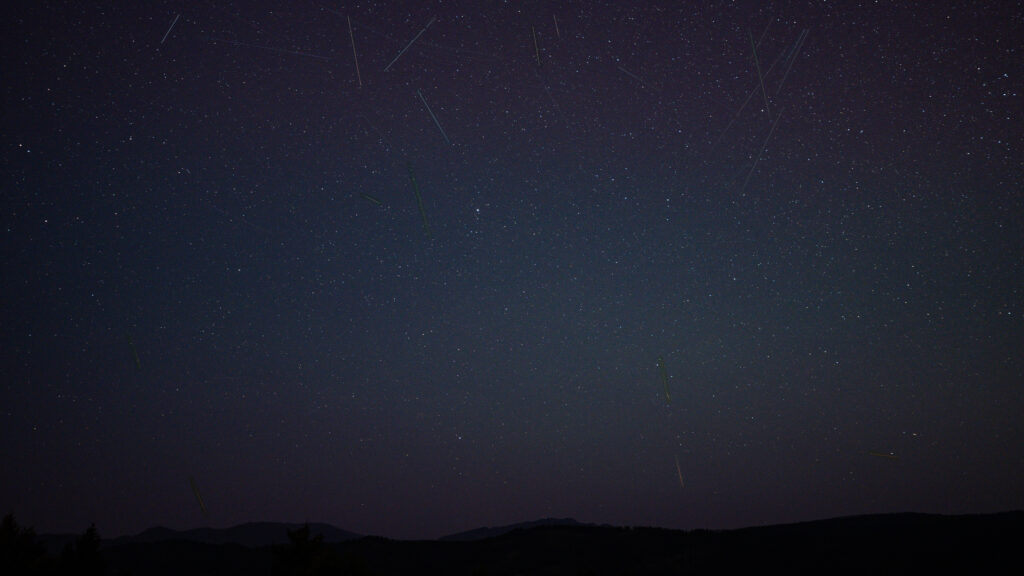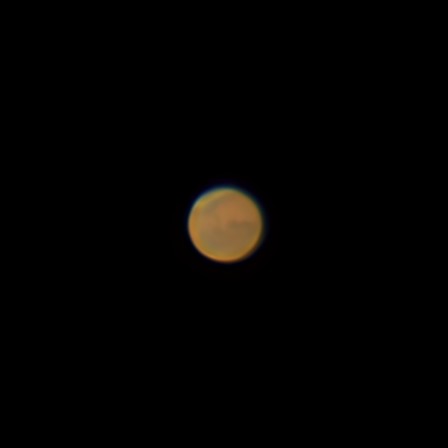A meteor shower occurs when the earth passes through the debris left over from comets and asteroids. Comets and asteroids shed ice and rocks and as this debris enters earth’s atmosphere it burns up. Since meteors by definition burn up in the atmosphere there is no danger to us on earth from meteors. Bits of rock, ice, and dust left over from comets and asteroids and hit the ground are called Meteorites and these are rare. But every year there are several major meteor showers you can watch from a dark sky site. Coming up soon is the most productive meteor shower of the entire year, the Geminid Meteor Shower, which can produce up to 100 meteors per hour under ideal conditions and this meteor shower is actually increasing in productivity so that in the coming years we can expect stronger meteor showers and like all meteor showers it happens every year around the same time.
1. Major Meteor Showers
Quadrantid: January 2-5
Lyrid: April 21-22
Eta Aquarid: May 3-4
Perseid: August 12-13
Northern Taurid: November 8-9
Orionid: October 22-23
Leonid: November 16-17
Geminid: December 12-13
2. Go to the Darkest Place you can get to
In order to see meteors you must go to a dark sky site. Light pollution will wash out all but the brightest meteors.
3. Check the phase of the Moon
The moon will also wash out all but the brightest meteors also. So, before heading out check out the phase of the moon for the night the meteor shower will peak.
4. No Equipment Needed
To watch a meteor shower you don’t need any equipment. You only need a dark sky, warm clothes, and a blanket to lie on or a reclining chair.




